Researchers use quantum computer to simulate fundamental forces, marking a major step toward solving complex physics.
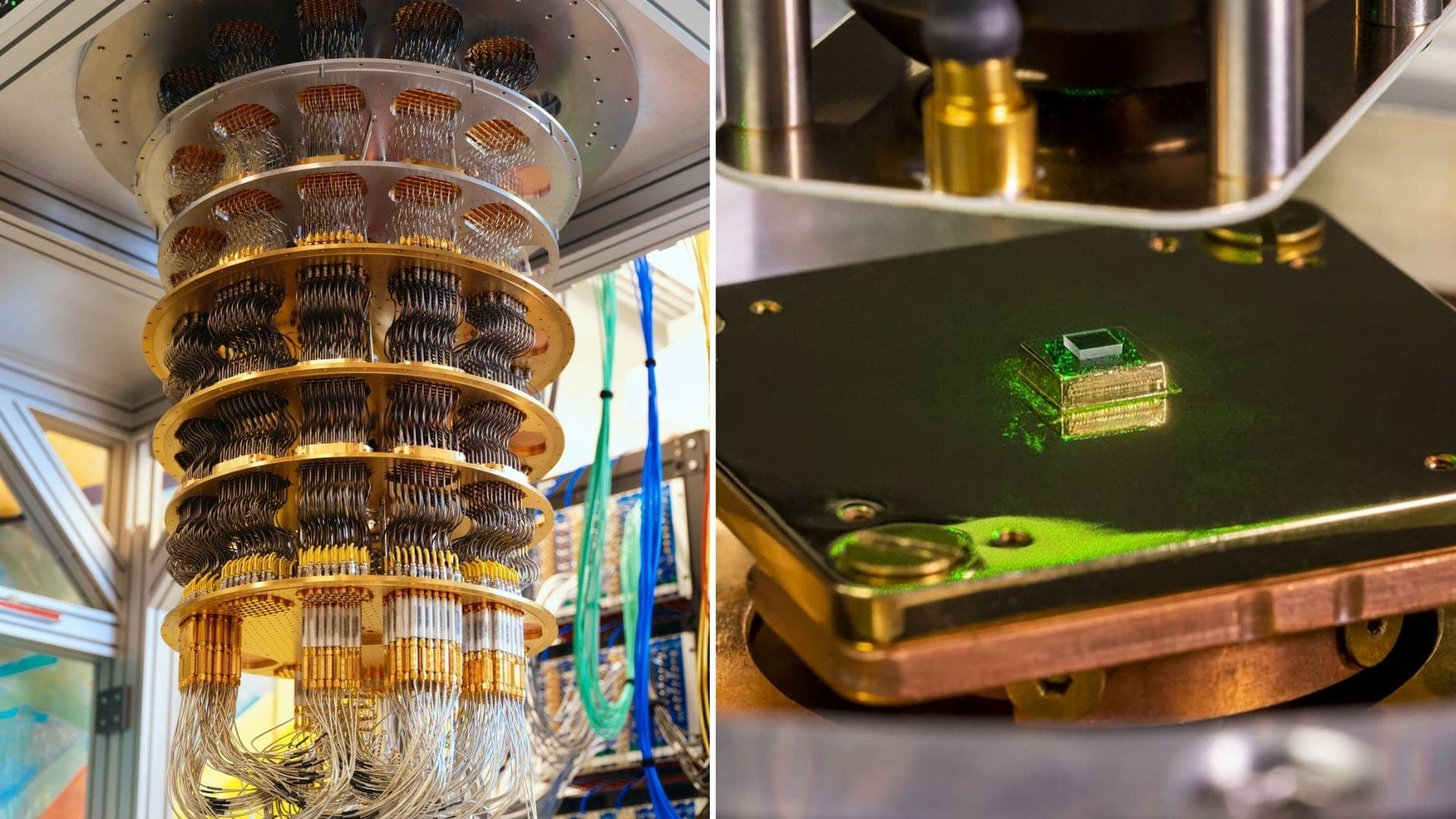

World’s first on-chip error-resistant photonic qubit signals a major leap for scalable, modular quantum computing.

Areas of the brain that help a person differentiate between what is real and what is imaginary have been uncovered in a new study led by UCL researchers.
The research, published in Neuron, found that a region in the brain known as the fusiform gyrus —located behind one’s temples, on the underside of the brain’s temporal lobe —is involved in helping the brain to determine whether what we see is from the external world or generated by our imagination.
The researchers hope that their findings will increase understanding of the cognitive processes that go awry when someone has difficulty judging what is real and what is not, such as in schizophrenia, and could eventually lead to advancement in diagnosing and treating these conditions.
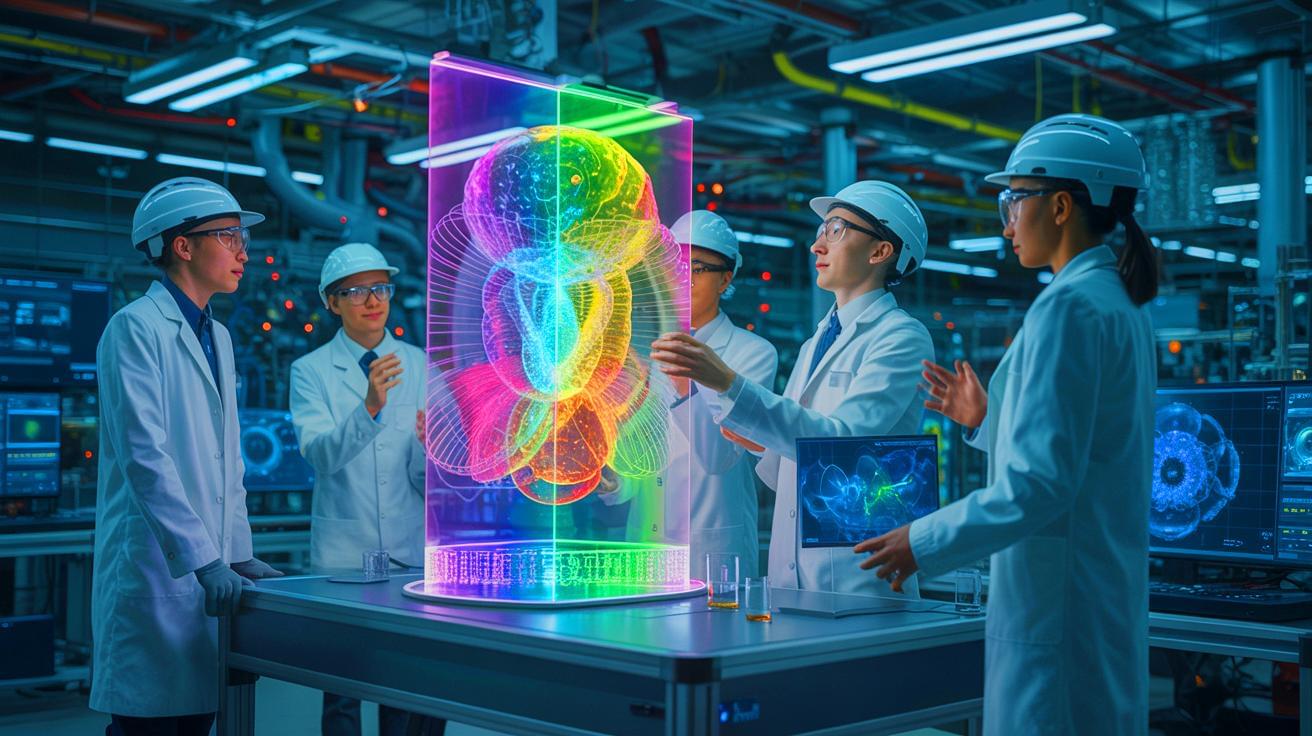
IN A NUTSHELL 🔬 Brown University engineers utilize quantum entanglement to enhance 3D holographic imaging without traditional infrared cameras. 💡 The new technique, Quantum Multi-Wavelength Holography, overcomes phase wrapping challenges to deliver high-fidelity images. 🔍 By pairing infrared and visible light photons, the method captures both intensity and phase, offering unprecedented depth resolution. 🌟 Funded
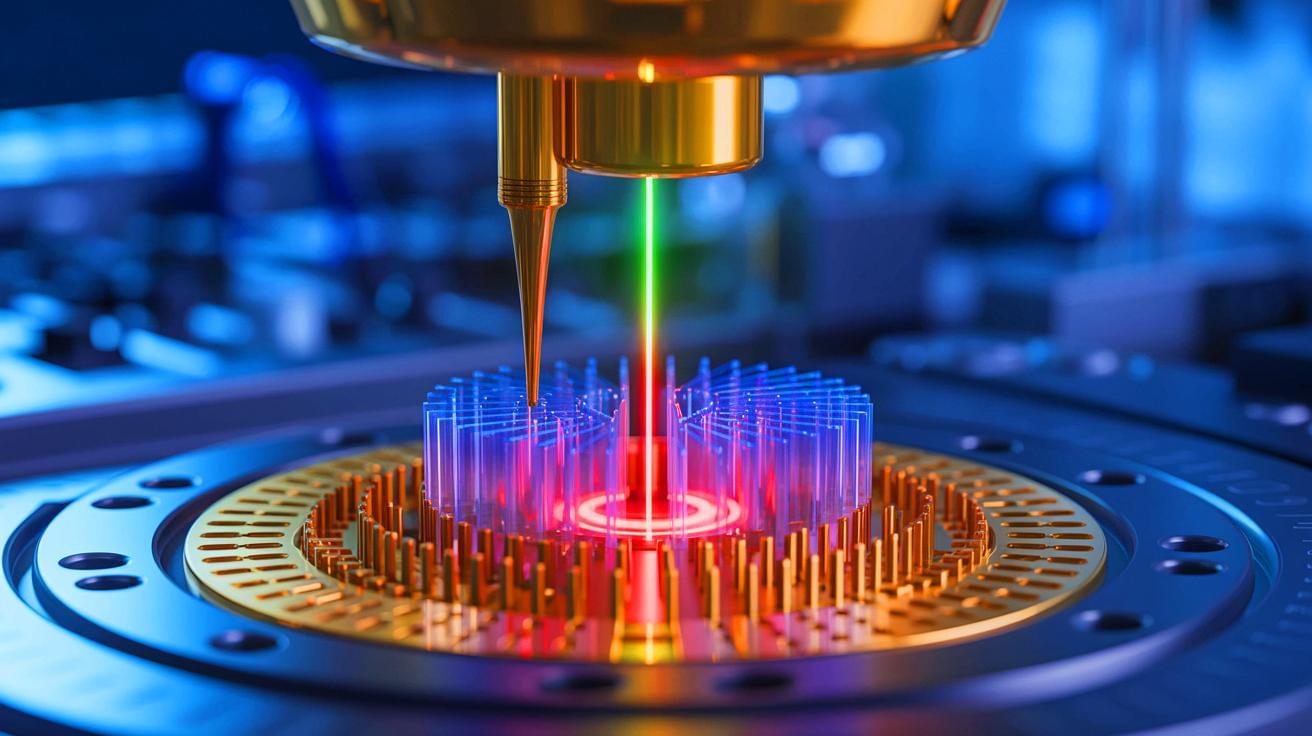
IN A NUTSHELL 🔬 Researchers have developed a groundbreaking method to convert noisy lasers into stable beams using nonlinear optical fibers and spectral filters. 📉 This innovative technique achieves noise levels 30 times lower than traditional laser beams while maintaining high intensity. 💡 The discovery enables the production of intensity-squeezed light, reducing photon variation beyond

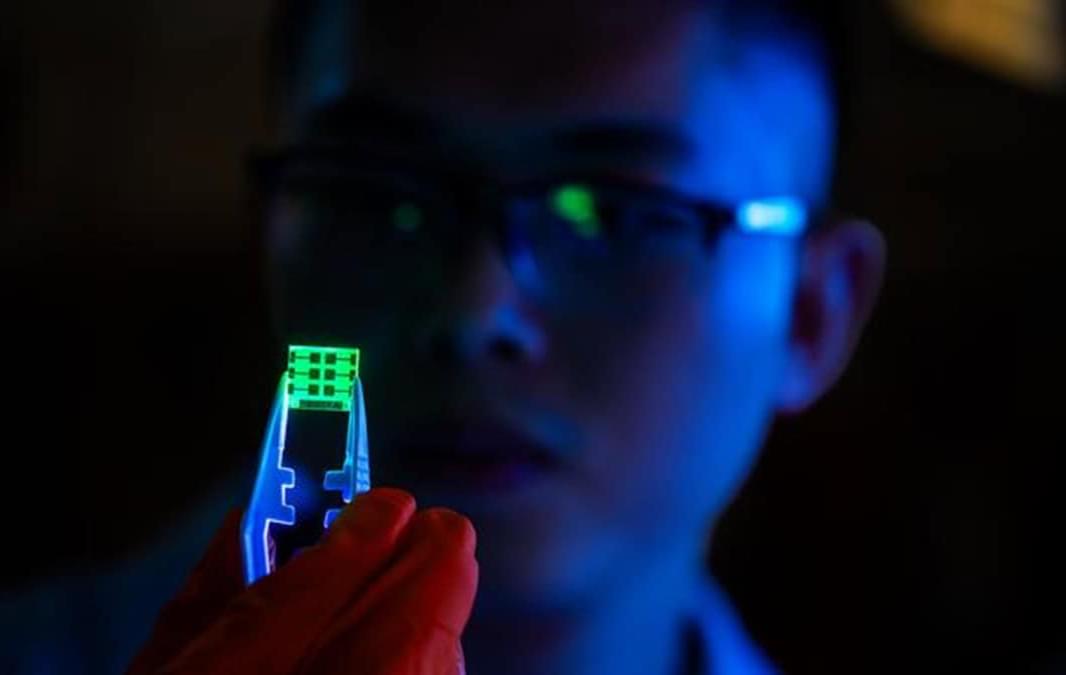

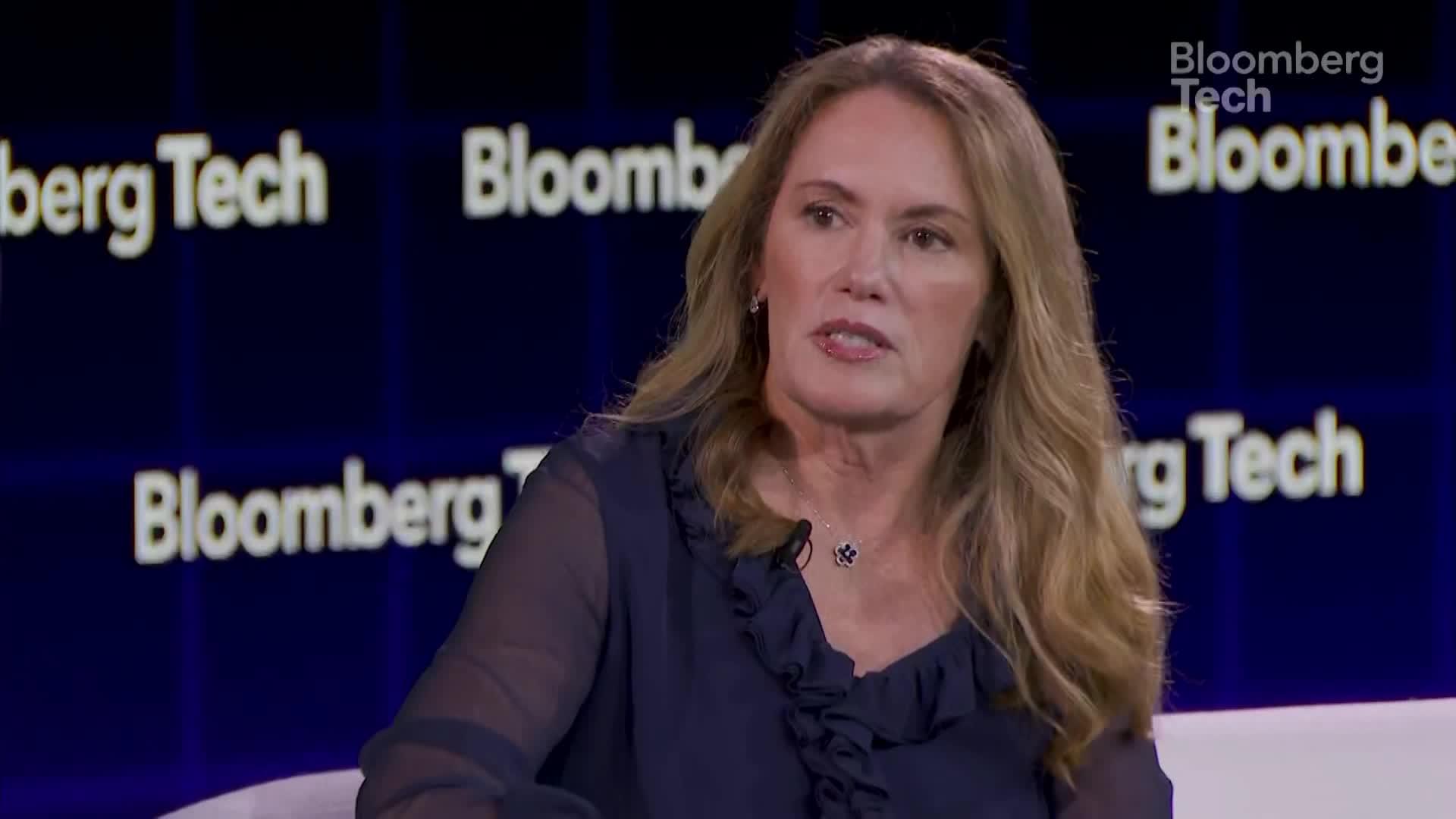
Peggy Johnson, CEO of Agility Robotics, discusses how humanoid robots like Digit are transforming logistics and manufacturing. She speaks with Bloomberg Businessweek’s Brad Stone about the rapid advances in automation and the next era of robots in the workplace at Bloomberg Tech in San Francisco. (Source: Bloomberg)

Many of these smaller worlds are shrouded in haze, but this one seems to have clear skies and to be unusually hot.
TOI-421 B sits several times closer to its star than earth does to the sun. The planet’s atmosphere reaches around 1,340°F, which is intense even by exoplanet standards.
Astronomers using the Webb Telescope used a method known as transmission spectroscopy to spot water in the planet’s upper layers.